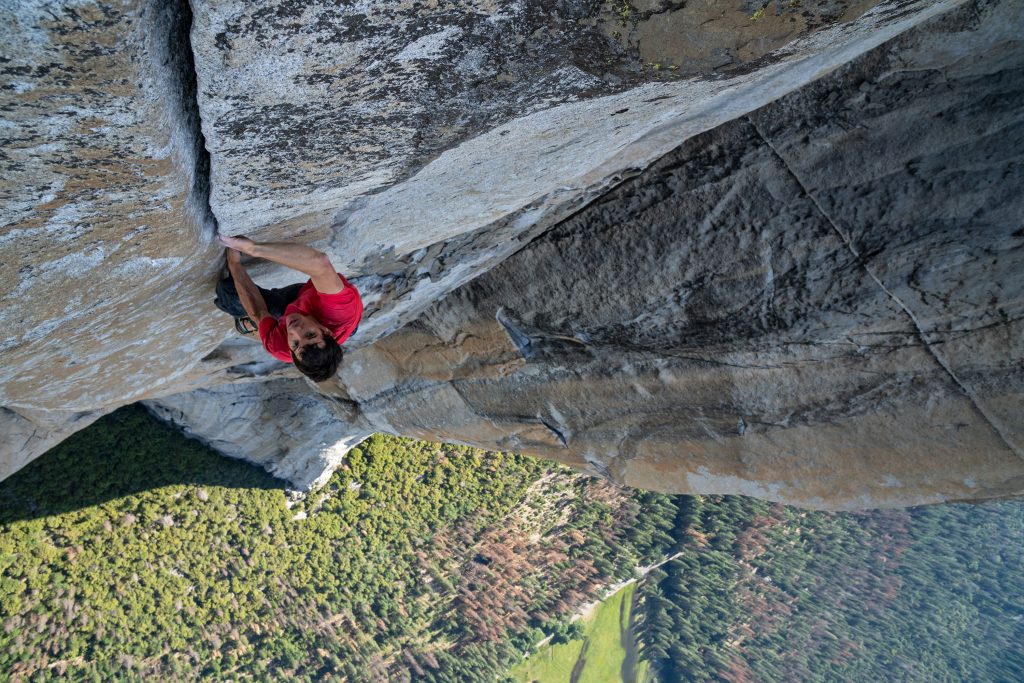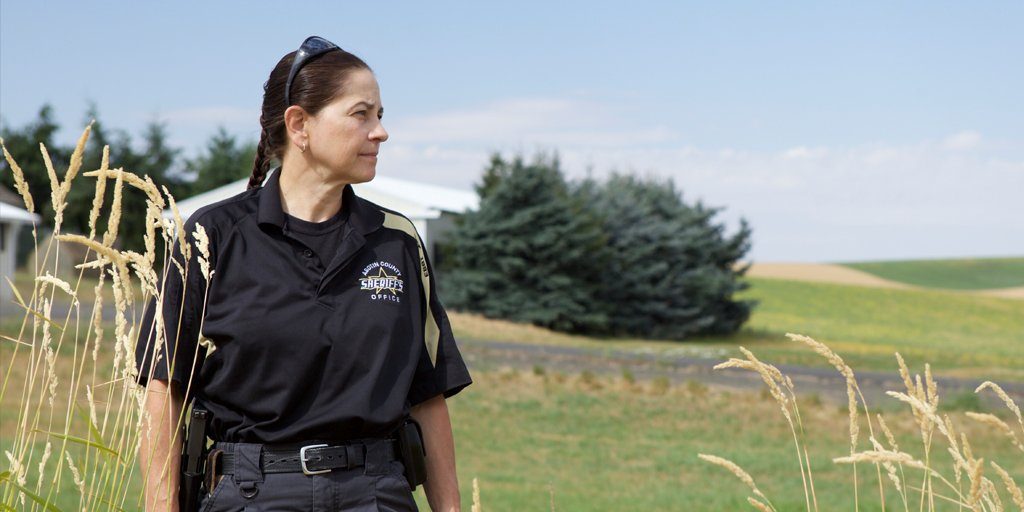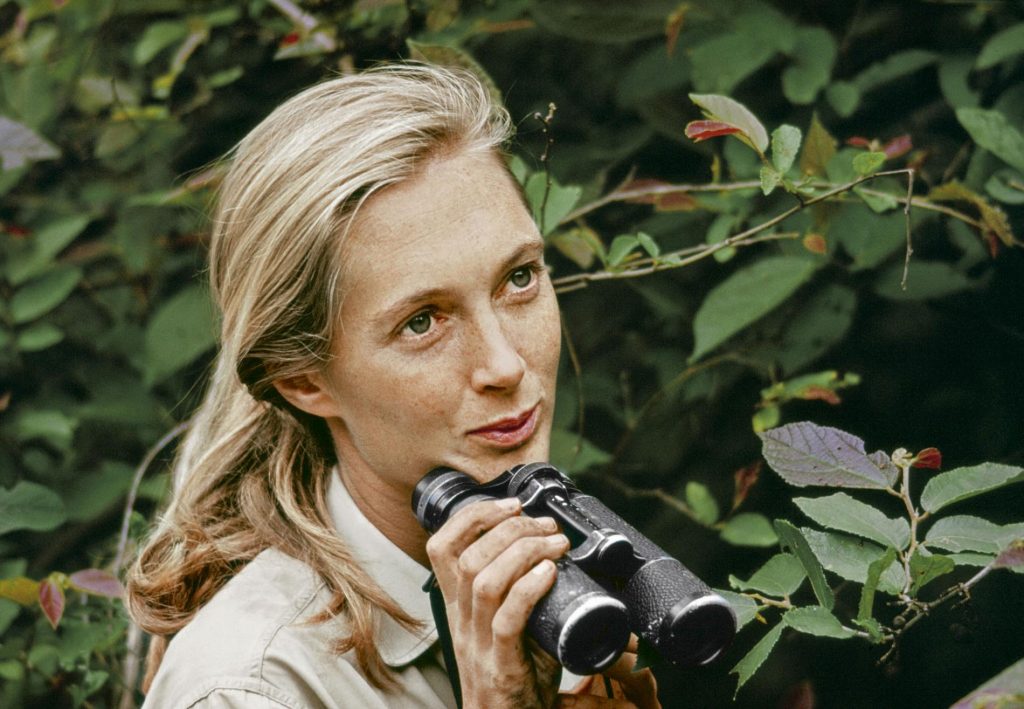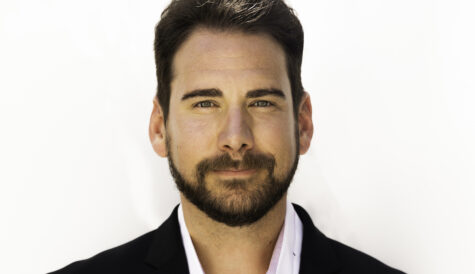
After more than 35 years of operation, TBI is closing its doors and our website will no longer be updated daily. Thank you for all of your support.
TBI Weekly: Old vs. new money face off for unscripted
A wealth of shiny digital entrants may well suggest TV is currently a supplier’s market, but this week’s Realscreen Summit has been an invaluable reminder that sustainable business models in the unscripted world are still lacking, particularly as stalwarts such as Discovery and Nat Geo endure major upheaval.
“Old money” cable networks and broadcasters and cash-flush digital players converged in New Orleans for what is becoming an annual face-off, with the former staging much public hand-wringing around the embattled US cable landscape while the latter conduct low-key meetings with international producers, with the likes of Jeffrey Katzenberg’s Quibi seducing indie producers with upwards of $120,000 per-minute budgets for high-end content.
Realscreen’s move from Washington DC to New Orleans was three years in the making, and saw a marked rise in attendance on last year. The milder climate and vibrant local culture, which saw delegates partaking in voodoo museums, swamp tours and a parade, set the scene for an uplifting market which, despite new digs, still provided the intimate, business-oriented environment that has made the Realscreen Summit a mainstay in the calendar.
However, it was abundantly clear that a production community increasingly spoilt for choice between linear and digital partners is still grappling with shrinking economies as it struggles to recoup back-end revenue and rights.
Read on for top takeaways from Realscreen.
New players, new models
The number of digital buyers who made the trip to Louisiana was notably greater than in previous years, with Facebook unscripted boss Toby Faulkner taking meetings across the week alongside Snap unscripted head Seth Goolnik, who was promising producers a “larger pot of money” to work with going forward.
Meanwhile, although Netflix was absent in Louisiana, Amazon Studios sent an acquisitions exec and business affairs exec to the market for a limited period.
However, the one player that had prodcos buzzing was mobile streamer Quibi, who was represented on the ground by new acquisitions exec Kate Presutti.
Set to launch later this year with AVOD and SVOD tiers, the business is to spend an estimated $497m on acquired content made at premium levels. While a “super-premium” scripted show could fetch $125,000 per minute, an unscripted original could receive a budget of $50,000 per minute.
Some producers were most enthusiastic by the prospect of the $10,000 per minute “daily essentials” tier as well as the $20,000 per minute “premium non-serialised” category.
Elsewhere, one of the most dynamic sessions at Realscreen featured new AVOD – or ad-supported – entrants Tubi and Pluto TV, which has been newly acquired by Viacom.
Noting that AVOD is the future of linear TV, Tubi chief content officer Adam Lewinson claimed that in two years, AVOD and SVOD partners will achieve parity in the market around viewership, and highlighted the “strategic advantages for unscripted content living within an ad-supported environment.”
Similarly, Caitlin Meek-O’Connor, acquisitions boss for All3Media-owned Little Dot Studios, which sells TV content into digital platforms such as YouTube, added that while the market has had a latent “mistrust” of AVOD, these platforms are now bringing huge revenues and audiences with views on YouTube “insane compared to broadcast”.
“Trial and error” time for producers
James Joyce, head of development for finance programming-focused prodco and SVOD Real Vision, points out that producers are desperately trying to figure out “how to play in digital” when the OTT landscape still remains “uncharted”.
“People are doing a lot of trial and error right now trying to figure it out, and over the next couple of years, OTT will become very well-defined,” he tells TBI.
“There are more platforms than ever and more channels to distribute to, so that gives producers a lot more choice to get their content out to market. It also puts us in the driver’s seat in negotiations, where we can be upfront about the fact that a series can be perfect for PBS but can also be sold into Netflix.”
However, Matthew Gonzalez of Colorado-based Plebian Pictures warns that while there is “a lot of money lying on the table, it is too widely dispersed.”
“Historically, when the market was dominated by linear players and those brands were thriving, you could be a producer working for a few networks because you had your niche and the budgets were strong. But now with all the online buyers, you’re splitting up the pie in so many ways that the money isn’t as good as it was in one place.”
John Ford, GM of US producers’ trade body NPACT, estimates that the value of a typical nonfiction programme during its cable or network run has declined 10-20% – a scenario that has led to some networks mandating around 10-30% reductions in budgets year on year; reducing or eliminating budget bumps when renewing series; and placing smaller series orders.
Sam Sniderman, EVP of global production for Blue Ant Media, notes that some of the Canadian business’ roster of prodcos have been “very reliant on the US cable industry, and that has hurt.”
“Things are still happening but they’re slower than they used to be. We are trying to shift the business to be able to sell to new players in the market. They buy some of the same shows but their approach is different and has required us to reorganise things a little bit.”
Selling into Netflix and Amazon, says Sniderman, requires a different development process as the platforms are more talent-focused and keen on star directors and EPs than cable networks.
Gonzalez, whose recent credits include Food Network’s Food Truck Fan Fight with celeb chef Eddie Jackson, adds that producers increasingly have to do the talent packaging that, traditionally, an agent would do, and spend longer developing these projects.
“The beauty of classic reality TV is that the content is relatively inexpensive, because you’re dealing with real people, so you can go out and make tape cheaply. But as we start to go and engage celebs because they will cut through, it’s costing a lot more money because big-name talent want a slice of the project.
“You’re getting to the point where some of the programming on channels such as Nat Geo are not that much different from scripted shows.”
Broadcaster squeeze brings opportunity for some
While the climate may lead some to wonder what ‘premium’ even means if so much content is now made at premium levels, Chris Bonney, CEO of Cineflix Rights, says distributors are not necessarily complaining.
“The breadth and quality of content continues to be really interesting and high,” he says of projects pitched in New Orleans.
“There is plenty of great stuff being developed, conceived and explored in the market, but the concepts are more strongly thought through and tightly focused. That’s been welcome. It seems the requirements, demands and trendsetting of the SVOD players has helped to shape the quality.”
However, Bonney notes that the challenges are “even greater” to secure the right business model for financing.
“Because linear broadcasters have slightly tighter purse-strings and less per-hour budgets available, it is putting pressure on producers. But for distributors, it is creating opportunity and we are playing a more pivotal role in the financing process at an earlier stage.”
All3Media CEO Jane Turton added that the role of a distributor in unscripted is more important than it has ever been.
“The best partner for most producers is a distribution partner because they understand risks as well as talent, and they have a portfolio approach. They know not everything wins.
“Before, distributors would have been further up the value chain, but now we see a production company getting involved way before a show is pitched.”
A new normal for Nat Geo and Discovery
Another factor affecting the US unscripted market is the “identity shift” taking place at businesses such as Discovery, which marked its Realscreen debut as a merged entity with Scripps; as well as Nat Geo, which will form part of the Disney+ SVOD platform when the Disney-Fox merger closes later this year.
“Scripps was a strictly lifestyle brand, and now Discovery is wondering how to add its DNA to those brands,” explains Plebian’s Gonzalez.
“You have a tremendous churn around where executives end up, and there’s been a lot of shifting. Anytime you have that kind of mix, it’s going to be challenging.”
Another senior production exec added that the merger has “slowed down” the commissioning process, with some “confusion around who is doing what, and who to talk to.”
TBI understands that some channels within the Scripps portfolio are now being restructured to focus more on second-run content, with new programming out of Cooking Channel, for example, coming to a standstill, and commissioning instead coming out of Food Network – one of Scripps’ more established brands.
Indeed, Nancy Daniels, chief brand officer for Discovery and factual, jokingly admitted that the flagship brand is “stealing” top shows on smaller channels, with programming such as Travel Channel’s Expedition Unknown now getting a second window on the main Discovery channel.
While the added exposure is beneficial, it could mean there is potentially less opportunity to incubate talent on smaller channels and grow a brand, as ratings pressure will be much higher on Discovery. Also, producers could be left at a disadvantage if programmes continue to be ordered out of the smaller commissioning budgets of Scripps networks, only to end up on the main channel.
However, restructuring has not necessarily been a bad thing. Cineflix Rights’ Bonney notes that there is a “much more decentralized structure in the acquisitions side of both Nat Geo and Disco”.
“They are involving the regions much more than they previously would, even if it’s an acquisition made across a whole international territory or globally where available.
“Previously, we might not have sold directly to Nat Geo in Eastern Europe, but we’re now doing that quite regularly. Perhaps that’s opened up some individual opportunities we didn’t have before, because that region might have a particular need that couldn’t be filled because of a centralised strategy.”
TBI understands that Nat Geo has said to producers – many of whom are now pitching the business with family-friendly Disney+ in mind – to wait until February for more details around how the Disney-Fox merger and their positioning on Disney+ will affect commissioning dollars.
Nat Geo EVP of global unscripted Geoff Daniels tells TBI: “The focus for Disney+ is more in the family-friendly space, but that’s not to be confused with kids or necessarily content for co-viewing. The idea is that we are going to offer something from the Nat Geo perspective that everyone in the family can be passionate about. It’s going to be safe and entertaining.”
Daniels adds that he is keen to “open up the creative lens” around projects for Nat Geo, which is nominated for an Oscar in the feature doc category for rock-climbing doc Free Solo.
“As we go through and think about the things that we’re developing, I’m looking to develop and produce more content for our linear service, knowing ultimately that there will be more outlets for them down the line. And then we’ll see how audiences respond.”







